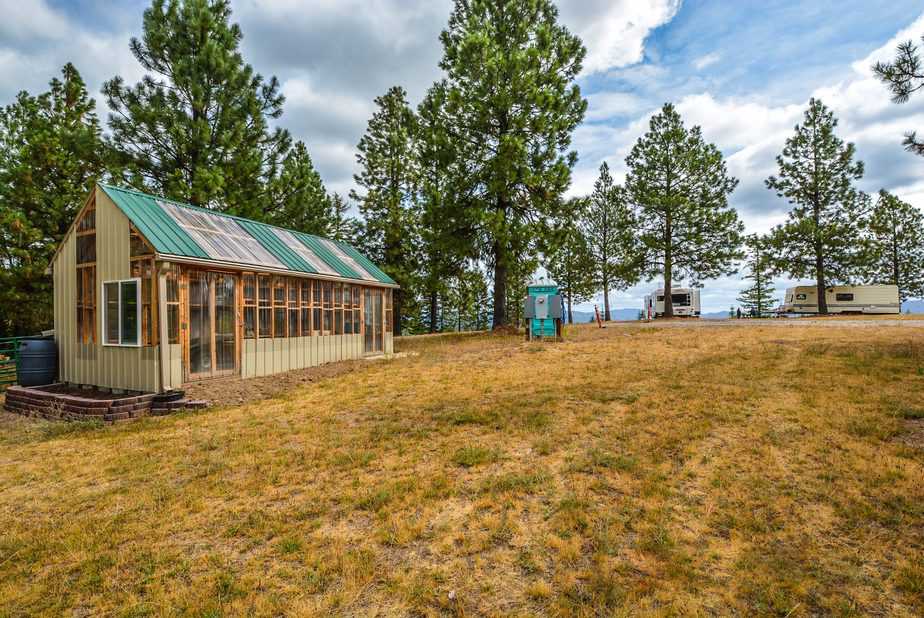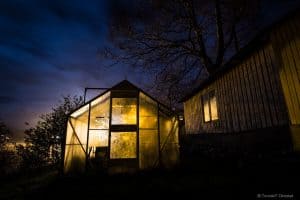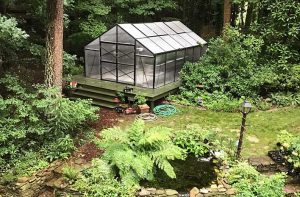Do you need licenses or permits to build a backyard greenhouse?

Well, what do you think? Do note that if you’re wrong and you did need a permit for greenhouse construction, the county will likely come and knock your structure down. So, it’s well within your interest to be sure about the legality of your greenhouse construction before you begin. If you want to learn more about greenhouses before moving on, then click here.
Constructing Your Greenhouse – The Necessary Permits and Licenses
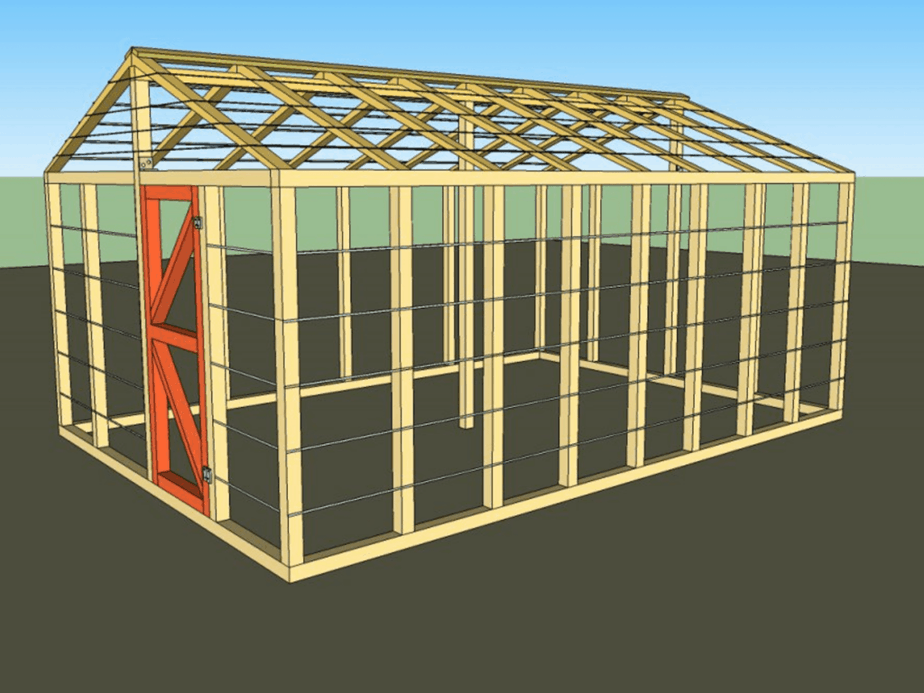
I absolutely love the TV show Gilmore Girls, which takes place in an imaginary little town in Connecticut. There’s a cheeky conflict in one episode in which the crotchety rule-obsessed “Town Selectman” gets on the case of a local farmer because the farmer has built a greenhouse in his backyard without proper permits. And the greenhouse is just barely across the farmer’s property line.
The Town Selectman recommends that the farmer simply move the greenhouse over a few feet.
It’s a laughable sit-com storyline, but it’s also a notable lesson for anyone getting ready to build a greenhouse
So, Can I Start Construction On My Greenhouse? Or, Do I Need That Building Permit First?
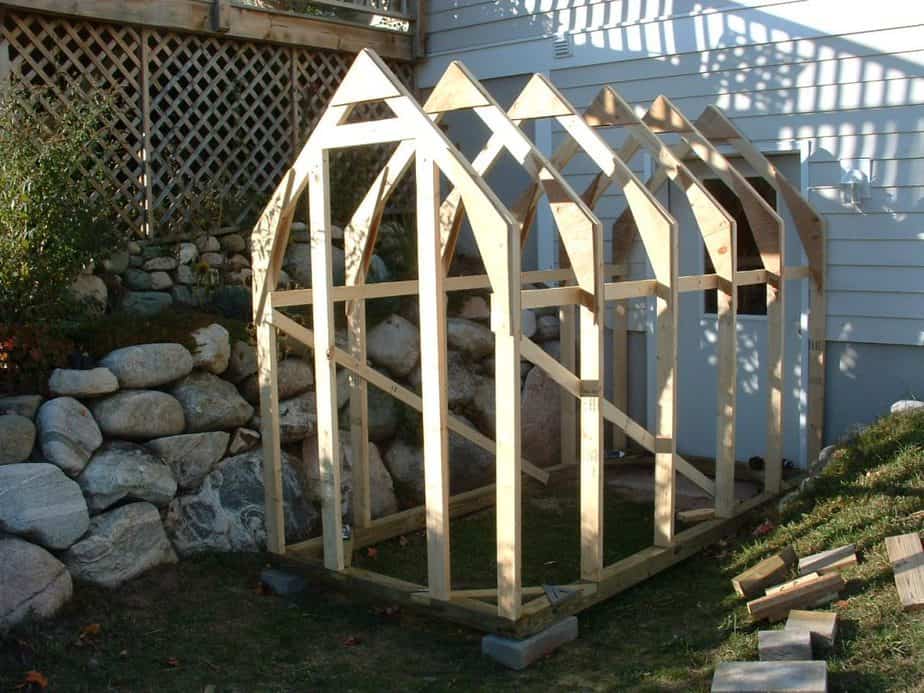
In most cases, you can build a greenhouse on your property without anyone’s permission. Some municipalities, however, have strict regulations on permanent structures and it may require you to fill out forms (with filing fees) or apply for licenses or permits.
Look into any and all local rules.
Do this before you buy a greenhouse or construction supplies!
Do this before you buy a greenhouse or construction supplies!!
Do this before you buy a greenhouse or construction supplies!!!
Got it? This is a preemptive action. Don’t wait to check on your local rules after you’ve already gone through the trouble of designing, buying, shipping, placing, unpacking, building, trouble-shooting your structure.
In general, it doesn’t require much in the way of formalities to set up a greenhouse in your backyard. But mistakes can be costly after the fact.
In most cases, a standard greenhouse is what’s called “an accessory building.” It falls into the category of sheds and other such structures that are permanent but don’t house residents. A “portable greenhouse” (which is probably actually a cold frame) wouldn’t be subject to these regulations.
Zoning and Building Regulations for Your Greenhouse
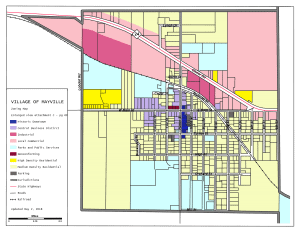
There are two types of regulatory rulesets you’ll have to look into when installing a greenhouse on your property: Zoning and Building.
Typically, both of these are set by your local county, but sometimes Zoning guidelines are city-determined (or even determined by your district or municipality) while Building is a county-wide department.
If you live in a planned community or Home Owners’ Association, all bets are off. Check-in directly with your HOA, since they are likely to have different (and much stricter) rules on top of the city- and county-defined regulations.
Know too that different types of greenhouses receive different reactions from the neighbors. Click the link to learn more about our eight favorite options.
Greenhouse Zoning Regulations
In general, Zoning ordinances refer to the more general rules about what kind of land can be used for what kind of purpose. For example, your residential lot can’t be used for agricultural purposes. But greenhouses tend to fall with the “residential” category, thank goodness.
Rules determined by Zoning Department may:
- Number of buildings you can have on your property
- What the building will be used for
- How far from your property line structures must be
- What part of your property you can build on (and how close to a road it can be)
- Size of the building
- Building codes
Greenhouse Building Regulations
You will need to get a building permit from your local building department before building your greenhouse, which is typically a county-operated department. While many rural areas do not require any permits for accessory or agricultural buildings, most urban areas have some requirements.
Building codes generally relate to the structure and appearance of a building.
Regulations determined by Building Code may include:
- Structural integrity
- Building materials
- Structure size square footage
- Environmental effects (maybe consider a solar-powered greenhouse?)
- The physical appearance of the building, including height
Building codes generally address the integrity of a structure to make sure it is safe for the weather conditions in your area, like wind or snow.
Resources for Determining the Necessary Permits and Licenses for Greenhouse Construction
A greenhouse manufacturer can typically help answer your questions about the regulations process. If you’re buying a prefab greenhouse, look into a company with good customer service, and give them a call.
Contact your local county building department to see what the regulations are. Not sure where to start? Use your local government website. Talk to your neighbors. Ask for guidance at your local hardwood or gardening store.
You’re more likely to have to jump through some hoops in urban or suburban areas since many rural areas do not regulate accessory buildings as much.
Costs of Starting Construction on Your Greenhouse
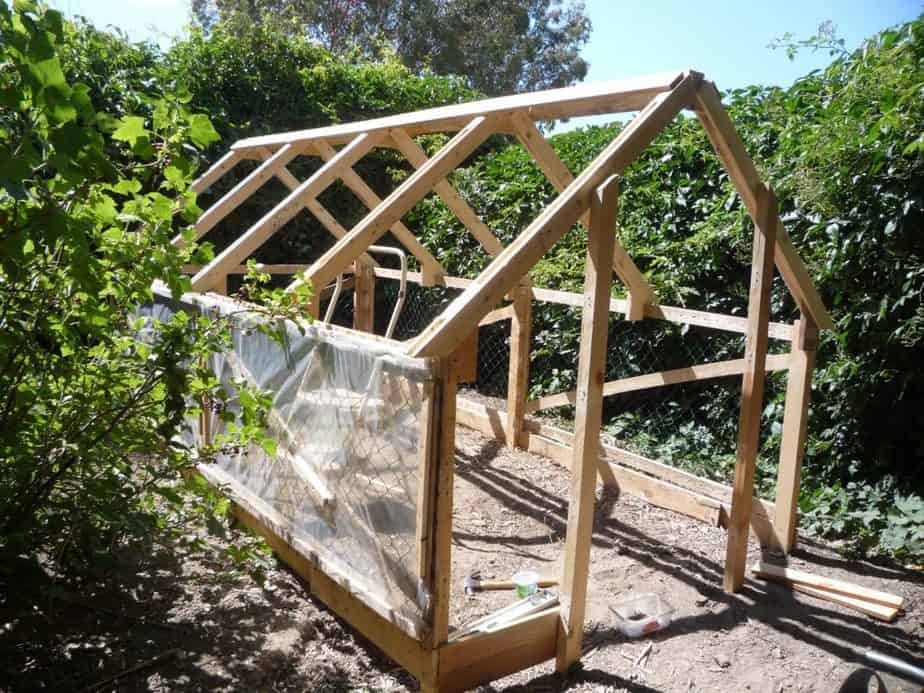
Zoning and building permits aren’t generally extreme expenses, but they’re not dirt cheap, either. Expect to pay anywhere from $300 to $1,000. Sometimes the cost is determined by (or increased in accordance with) the square footage of your structure.
Be sure to consider the cost of greenhouse building permits during your planning stages so that the cost doesn’t sink your budget. If you hadn’t considered doing this, then it’s time to read about the costs associated with greenhouse ownership.

